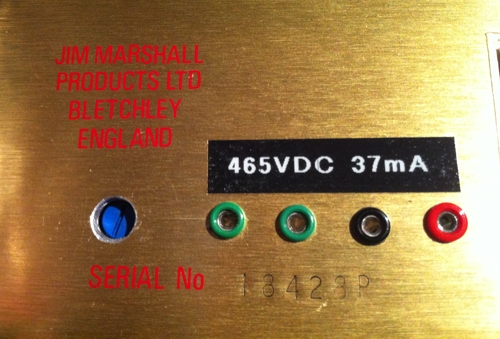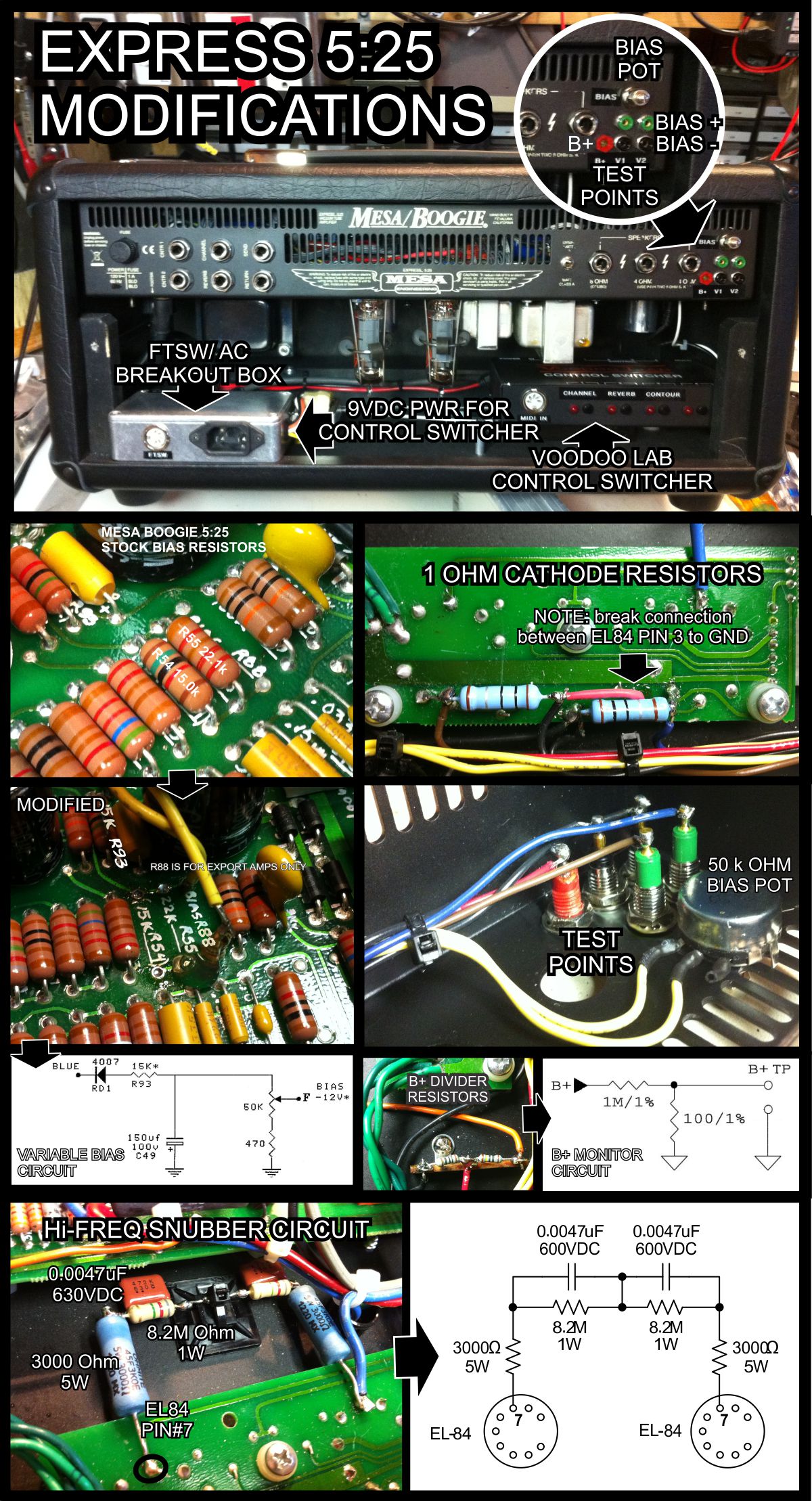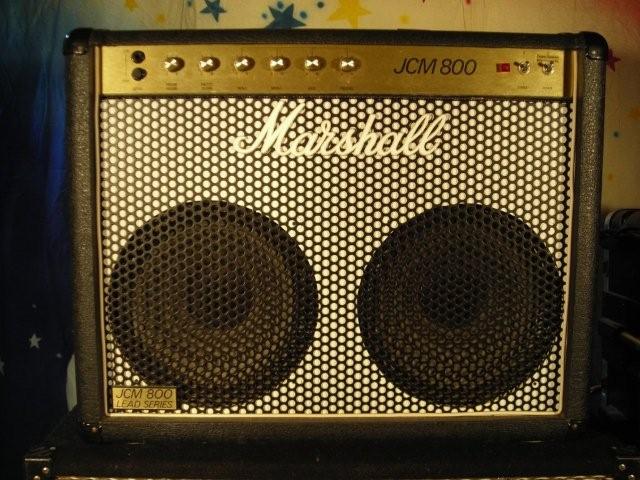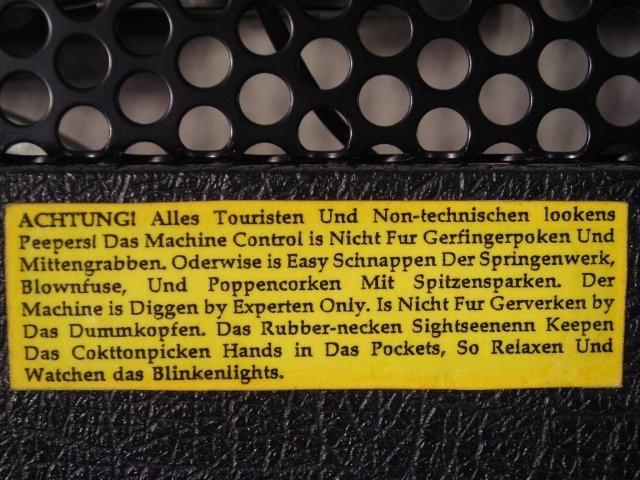Newysurfer said:
a2dconverter said:
Thanks Henri
I like to make analogies to hot rods... before fuel injection, in the old days of the carburetor, the mechanic had to adjust the air to fuel ratio to get the car to perform at it's peak... but all of this is moot if you don't have gas gauge to tell you how much fuel you have left.

I think Mesa makes their amps non-adjustable so that they can sell more tubes....just like HP makes you buy their printer cartridges....consumables make up a great portion of their businesses.
ahh please explain your logic here - don't understand
I swapped out the Mesa tubes within 6 months of buying mine.
Made a big improvement and will never go back to Mesa tubes.
The great thing about fixed bias is that I could do it all myself in 30 mins and didn't need an amp tech.
Long live fixed bias :mrgreen:
Firstly, I'm a tech so my comments are biased (pun intended)..I will agree that if you live outside of a big city where amp techs are not easily available then being able to plop in a 3rd party Mesa graded tube is great!
I waited until my amps were out of warranty to modify them...now I can plop in any tube and when I am long-gone...the new owner of my amp, or the amp tech that works on that amp, will be able to plop in any tube and adjust the idle dissipation with just a voltmeter! If they can figure out what I've done!
You did say that you swapped the tubes from a Factory Set with a 3rd Party Mesa Graded set and it sounds better to you, this means that you
may have a set of tubes that draw more or less current than the Mesa Factory set. Which means that technically you have adjusted the bias...But by how much?...
Fixed Bias is only fixed if you replace the tubes with tubes that draw the same current. Otherwise, all parameters in the output stage change...most importantly the idle current / power dissipation.
Here's a few questions...
Is it possible that another set of tubes might sound even better to your ears? What current are those tubes drawing?
If you find that Holy Grail power tube, will you be able to get another? or, maybe the Holy Grail power tube is a NOS tube that is not available in 3rd party Mesa Grading?

So you'll never know (but life is not over!)
Can the tube manufaucturer guarantee that when you buy specific tubes that they will draw the same current? Therefore, giving you the same performance? (or maybe the manufacturer grades them within a certain current range, maybe within 5-10 mA)(or maybe you won't be able to tell the difference!)
Third Party Tube Vendors don't tell you what the current draw is for a specific tube because that depends on the B+ Voltage that they used to test/ grade the tube...what if your amp's B+ Voltage is a lot higher? (They might assume that an Express 5:25 B+ is 400 VDC, but yours might be 420 VDC which means that the tube will run colder in your amp) They couldn't possibly have such a range of graded tubes to cover all of MESA's amp lines and varying B+ Voltages. :shock:
Wouldn't it be nice if you could order some esoteric NOS power tubes and just set them to the proper idle current and know that if you bought another set that you could adjust them to the same idle current and get the same sound?
Many other manufacturers make biasing easier, even for the amp owner, by adding external test points and bias pots for just this reason.
There are also manufacturers, including Marshall and their new Slash amp, and Bugera's Infinitum amps, which have an auto bias feature which sets the idle current correctly, using a microprocessor, regardless of which tube you plug-in.
All of this is futile if you can't tell the difference in an amp's sound when you swap different tubes in and out and this is also futile unless you have an amp tech install test-points, cathode resistors and a bias pot. Buying tubes from Mesa is ok too!
Anyway Fixed Bias has always been an interesting point of discussion as we have proved here!
seeya


























